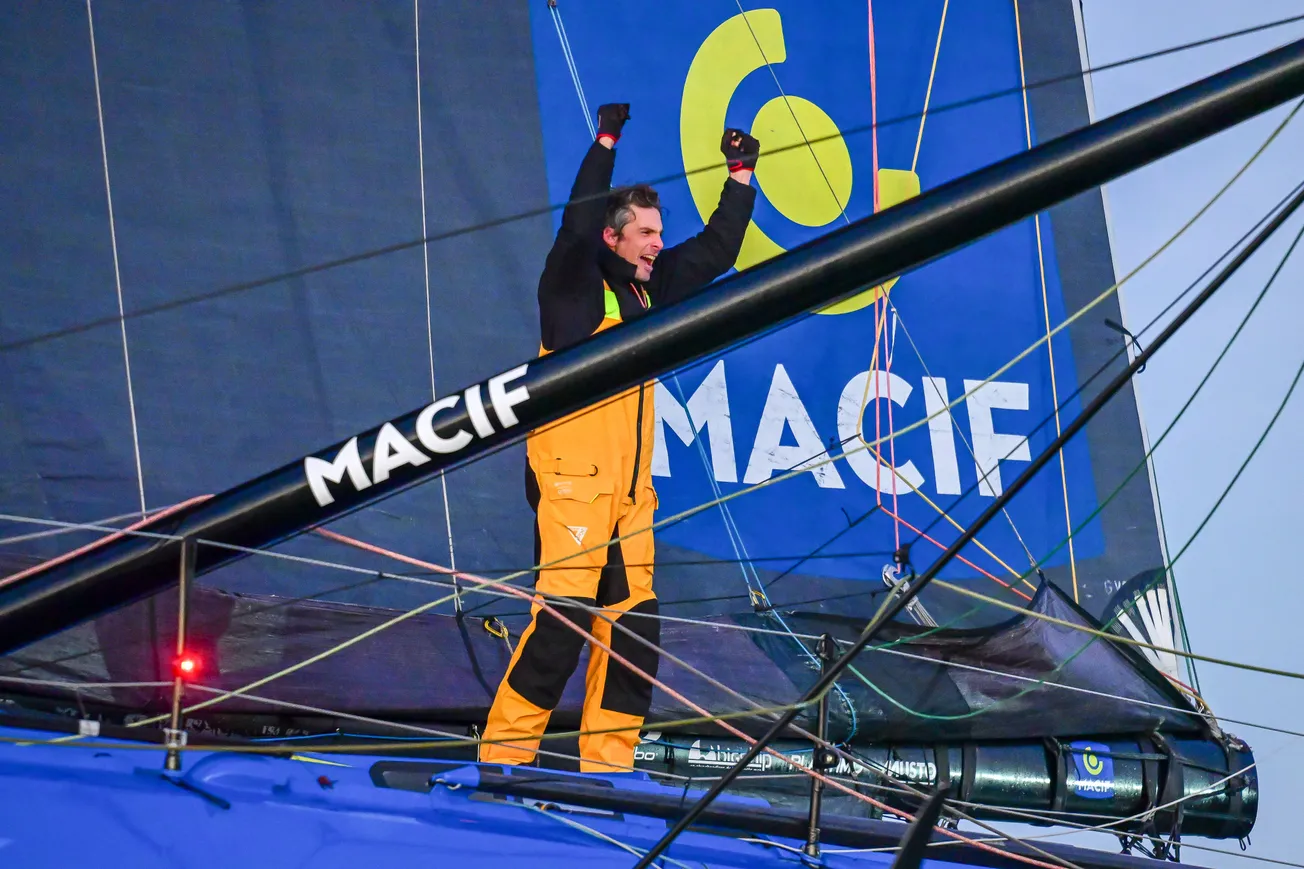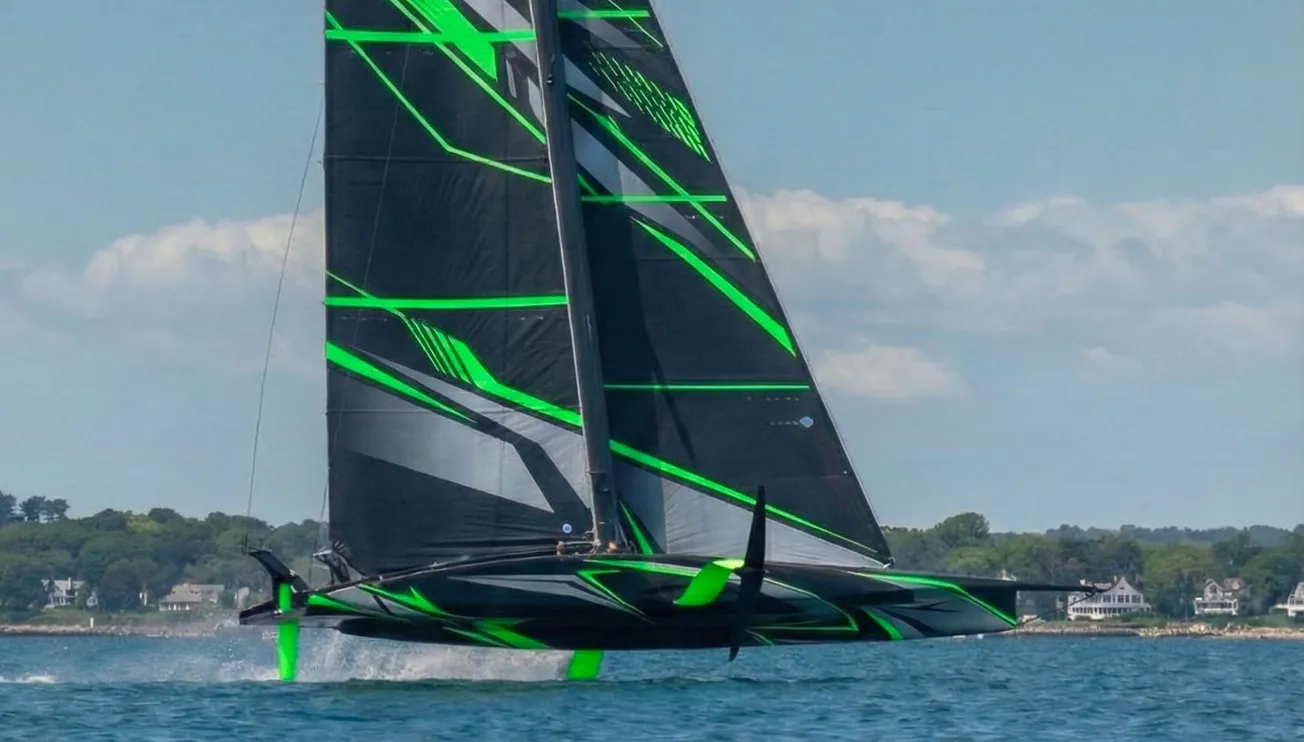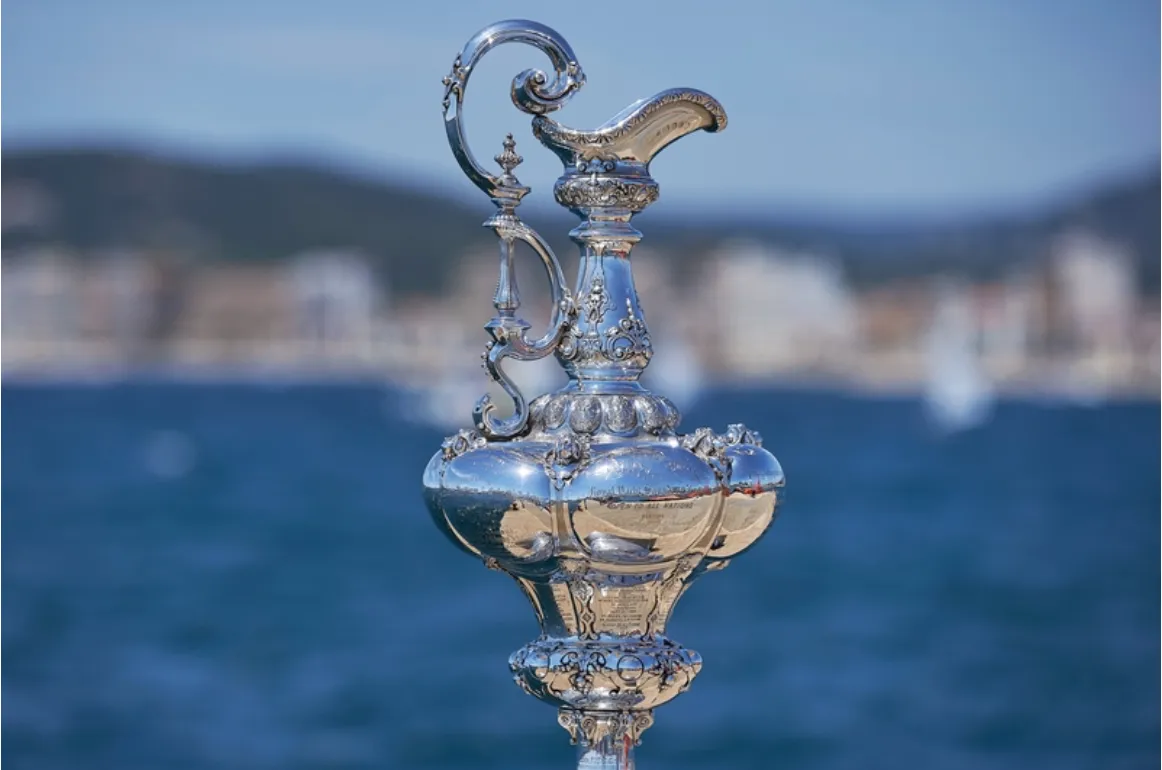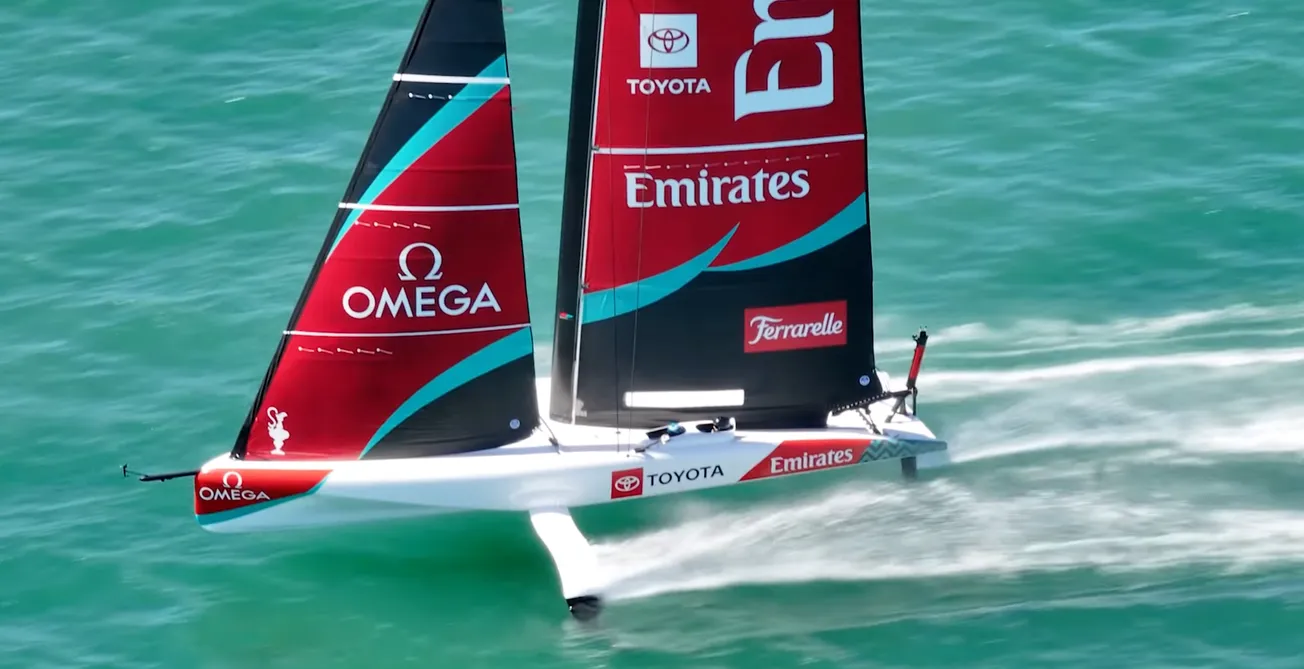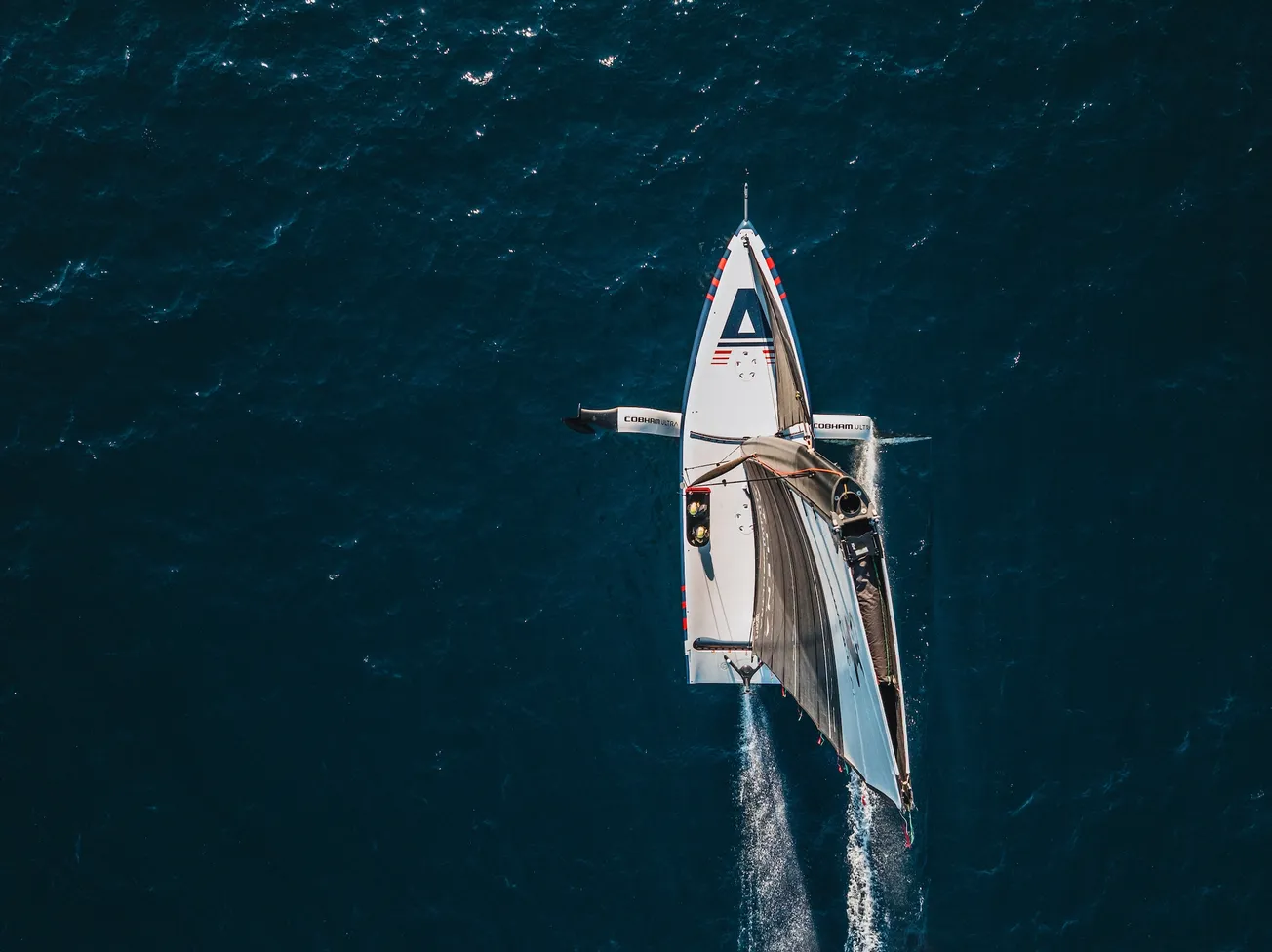It’s not easy to describe to a non-sailing audience why it has become so difficult to spot the wind from aboard a modern America’s Cup boat. Within seconds you get drawn into an explanation as to the differences between true and apparent wind speeds and angles, at which point you’re likely to have lost their focus and attention.
The easier way to get the point across is to ask them to imagine riding a motorcycle in full biker’s kit along a sea front at around 40 miles per hour when there’s a gentle onshore breeze blowing. Then, while travelling ask them to identify each gust as it rolls towards the shore and state; how long it will take before it gets there, the extra strength it will bring when it does and whether the wind direction will be different when it reaches them.
In addition, they will need to be pinpointing the number of gusts and puffs that are lurking further out to sea and state whether they are hanging out in a particular area. And all the while, they must continue riding the bike and be prepared to change direction by 90 degrees every now and then.
But most of all, they mustn’t get their calls wrong. One mistake and it’s over.
Spotting the wind has always been something of an art, but since the leading-edge machines climbed up onto foils to sail at three to four times the wind speed with 30-40 knots blasting over the deck and into their faces, getting a feel for the breeze has moved onto a different level and has left many of us behind.
With so much data streaming off a modern AC yacht and the ability to create sophisticated TV overlays, seeing the breeze and what it will mean for the racing has become the latest missing link.



